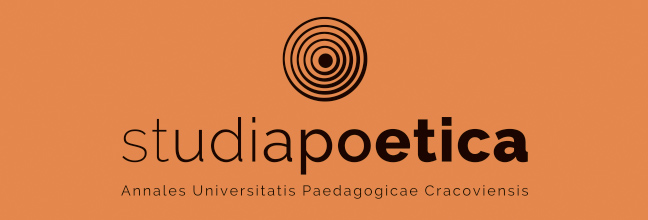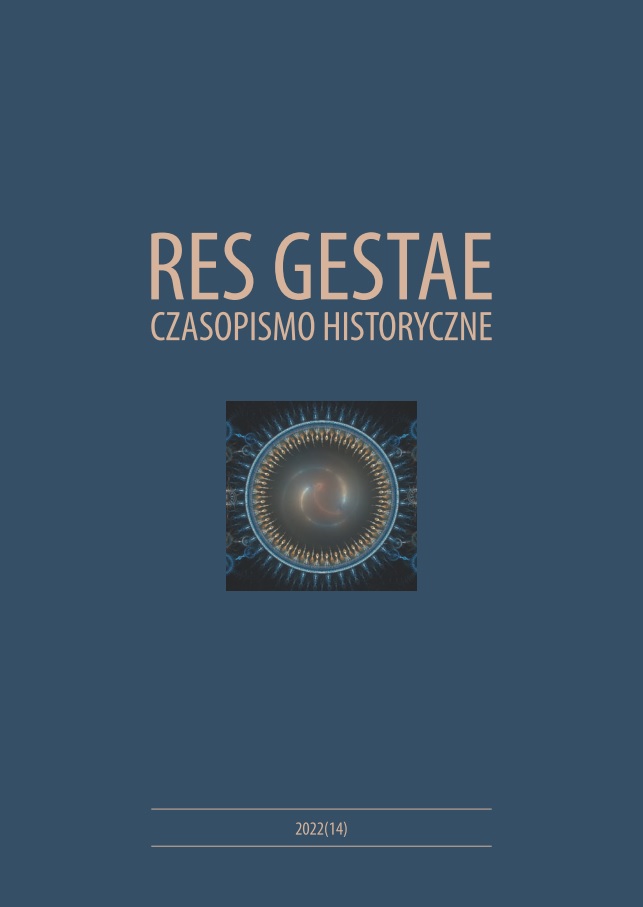Rozwój przestrzenny Santiago de Compostela w okresie średniowiecza ze szczególnym uwzględnieniem kształtowania placów miejskich
Main Article Content
Abstract
The article analyzes the process of shaping Santiago de Compostela in the Middle Ages, with particular emphasis on the formation of city squares. This city is a special case in the history of Spanish urban planning because it was built ex novo, which means that there are no layers of Roman or Arab buildings in it. Moreover, the layout of the historic center, determined at that time, has survived to our times without major changes. The role of squares in the structure of Santiago de Compostela is no less important. From the very beginning of the formation of the spatial structure, they were an inseparable element of the urban space, performing multiple functions. To this day, they define urban identity. Their number, size and importance emphasize the uniqueness of architectural objects, the history of the place and the center itself. The article describes the formation of city squares in Santiago, emphasizes their specificity, as well as the aspect of their formal and functional continuity. Historical, iconographic and cartographic sources were used in the research.
Article Details
|

